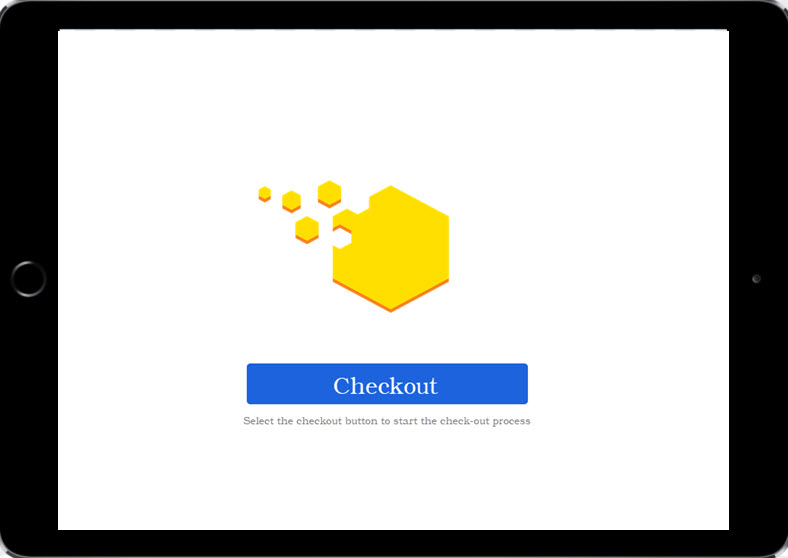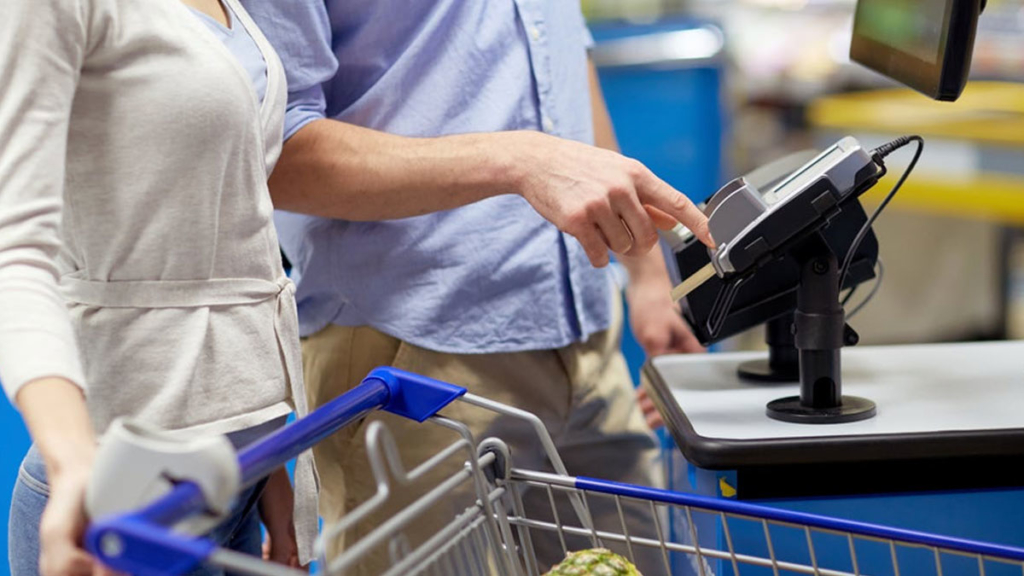Today, self-checkout POS is no longer a strange concept to most shop goers. Indeed, we can see self-checkout devices being introduced in almost every industry, from the self-service kiosks in restaurants, ticket machines in cinemas, self-check-in booths in airports to self-checkout lanes in supermarkets.
Despite the ongoing debate about the effectiveness of self-checkout service, many Magento merchants are seeking to introduce this process in their business.
In this article, we will walk you through how to set up a Magento self-checkout POS, what you need to prepare, possible benefits, and problems of this system.
By 2007, 95% of supermarket in the US has already introduced a self-checkout lane in their business (Lydia Depillis)
The benefits of self-checkout POS
There are many reasons for store owners to implement self-checkout POS in their business.
First of all, the self-service process provides customers with higher level control and privacy. With self-checkout, it’s easier for customers to decide what to buy without judgment from others (if you’re upgrading to a Big Mac and large Coke). Self-checkout POS can also be a convenient choice for customers if they’re properly set up and easy to use.
However, the most prominent reason that drives business owners to implement self-checkout is reducing business cost. Specifically, with a good self-checkout POS in place, they won’t have to hire that many staff just for checking out for the customers. What can be a better choice and enhancing your service at a lower cost?
How to enable the self-checkout process in Magento POS
What to prepare
To enable self-checkout on Magento POS, you need the following device/software:
- A POS system: It would be best that the POS is native to Magento to ensure data synchronization across the online and offline channels.
- A POS device: Many business owners also prefer to run the self-checkout POS on the touch screen (for example iPad or Android tablet) to enhance the customer experience. Some others, like McDonald, use special kiosk devices that are specifically designed for self-checkout purpose. The technical specifications of the device, especially RAM & CPU, can also have a big impact on the performance of the POS.
- Barcode scanner: Barcode scanner allows your customer to add items to cart instantly instead of manually selecting them from the product list.
- Payment terminal: Most businesses allow customers to pay using a credit card when using self-checkout POS. In doing so, the POS can charge the exact order amount and avoid change when using cash.
- Receipt printer: An integrated receipt printer will allow your customers to get their receipt instantly using the self-checkout POS.
Switching your POS to Kiosk mode
Some POS systems fully support self-checkout POS while others require further customization. Also, the degree of self-service in each POS can vary. Some POS support the entire self-checkout process, while others just support a part of it. In many cases, customization is requested to make the self-checkout POS is 100% compatible with the business rule.
The key to a successful self-checkout POS is simplicity and ease of use. It’s even better if the system can provide customers with helpful instructions during direct interaction. Ideally, with a self-checkout POS, your customers can complete all steps of the checkout process without any further assistance.
Steps to check out on Magento self-checkout POS
Essentially, the self-checkout process using a Magento self-checkout POS can be summarized in the chart below:

Here’s an example of how customers can check out on their own using a customized Magento-native POS
- First, the customer selects to check out on POS

The customer then adds the product to the cart & inputs discount code. Customers can add products by scanning the barcode or selecting from the product list. The customers can select their account if they already have one with your business. They can also check out as guest.

Meanwhile, the POS calculates the order total and displays the amount at the bottom of the screen.

Finally, the customer will pay for the order via the payment terminal with their credit card. Once the payment is complete, the customer will get the printed receipt. The POS will update and synchronize the order to Magento backend.
The debate on self-checkout POS
Despite the promised benefits of a self-checkout POS, there are many potential drawbacks that store owners need to consider before investing in this system. Here are a few challenges to start with:
Customers of old age don’t really prefer the self-checkout process
According to , while most young shopper (18-39 years old) find it easy to use self-checkout, only 50% of customers over 60 think so. Old customers normally need more time to get used to new technology and may prefer assistance from staff. This is something to consider if you sell to an older demographic.
High initial fixed cost
Self-checkout POS normally requires a significant initial investment.
The cost for a self-checkout POS may involve the purchase, set up, and even integration with the existing system. Also, unlike with seasonal staff, you cannot cut cost on self-checkout POS during the low season. If your business is running on a low-profit-margin, this might be a serious issue.
Self-checkout may eliminate in-store human interaction
The key advantage of selling in-store is that business providers can serve the customer directly and better.
A friendly smile or a helping hand with your full grocery cart goes a long way in improving customer experience. Self-checkout might not include these personal interactions, thus reducing the shopping experience. Also, many customers have complained about having to do everything on their own in the self-checkout line.
Self-checkout may increase theft rate
Theft rate has been one of the biggest headaches for store owners when introducing the self-checkout line. Indeed, theft conducted using self-checkout is classified as “crimes of opportunity”. Stealing from a self-checkout machine is said to be easier, and less guilty than stealing from a shop with cashiers.
To prevent this type of crime, many stores have their staff standing around the check-out area. However, this doesn’t seem to match with the purpose of the system in the first place – reducing human resource.
If a self-checkout POS on Magento is what you’re looking for, book a FREE consultation with us and we’ll get back to you with a solution that works best for your business!
Happy selling!





3 Comments
Hello, I want to know the cost for the kiosk software with credit card machine integration
Hi Ahmad,
The cost of the POS depends on the size of your business and your requirements. Please head to our website and book a consultation meeting, so we can discuss a solution for your business.
Thanks!
Thank you for this informative article. I hope it could help a lot of business owners and customers in the future. and also to help business owners in their business.